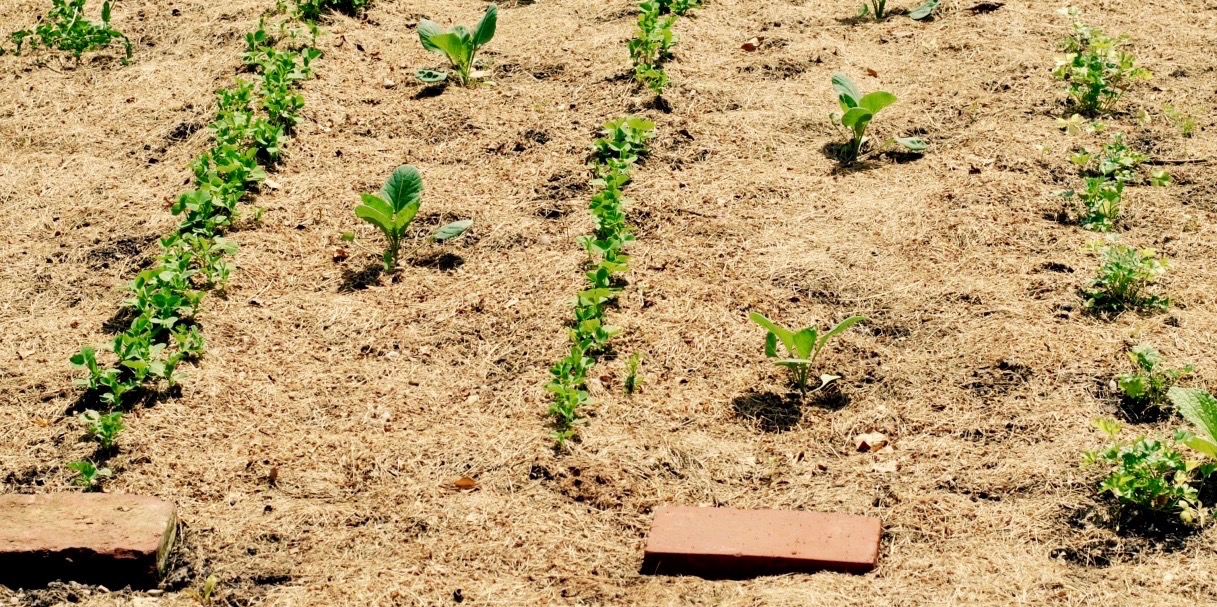„(…) urban gardening has potential as an important element of urban public health.“
(Brown & Jameson 2000 übernommen aus Public health implications of urban agriculture)
GARTEN, GÄRTNERN & GESUNDHEIT
Die Wirkung des Gärtnerns basiert auf mehreren Komponenten
- Faszination (fascination)
- aktive Interaktion (active interaction with the natural setting)
- Kohärenz (a sense of larger coherence)
- Verbundenheit und Transzendenz (a relatedness to things that are important and that transcend the moment)
Rachel Kaplan erklärt die Wirkung gärtnerischer Aktivitäten u.a. auch mit der Faszination:
„In the area of gardening, where there is a beginning empirical basis, it is clear that strong satisfactions accrue from each of the levels of interaction. The physical aspect of the activity (e.g., working in the soil), the opportunities to observe (e.g., seeing plants grow), and the more cognitive components (e.g., the planning involved) are all part of the fascination (R. Kaplan 1983).“ (Kaplan 1984, S. 196)
Sie schreibt, dass „even the act of planning one’s garden or window box in the dead of winter can permit the mind to wander to a situation that is coherent and whole.“ (Kaplan 1984, S. 195)
In “Effects of gardens on health outcomes: Theory and research” beschäftigt sicht Roger Ulrich 1999 mit der Bedeutung von “healing gardens” bzw. “supportive gardens” und deren Einfluss auf die Stressbewältigung (stress-coping resources) von Patientinnen und Patienten, Angehörigen und Mitarbeiterinnen und Mitarbeitern im Gesundheitswesen.
Brown & Jameson 2000 bezeichnen Urban Gardening als ein wichtiges Element der städtischen öffentlichen Gesundheit (Urban Public Health) und nennen positive Aspekte der Gartenarbeit wie Ernährungssicherheit (food security), wirtschaftliche Entwicklung (economic development), Bewegung (exercise), psychologisches und soziales Wohlbefinden (psychological and community well-being) und Umweltschutz (environmental stewardship).
Frances Kuo 2004 beschreibt in „Horticulture, well-being, and mental health: From intuitions to evidence“ welchen Einfluss Gärtnern auf Wohlbefinden und geistige Gesundheit hat.
Waliczek et al. 2005 verglichen die Wahrnehmung der Lebenszufriedenheit (perceptions of life satisfaction) von Menschen, die gärtnern (gardeners), mit Menschen, die nicht gärtnern (non-gardeners). Die persönliche Einschätzung von Energie (energy), Optimismus (optimism), Lebensfreude (zest for life) und körperlichem Selbstkonzept (physical self-concept) fiel bei ersteren positiver aus. Darüber hinaus bewerteten jene, die gärtnern, ihre allgemeine Gesundheit und körperliche Aktivität höher als jene, die nicht gärtnern.
Verschiedene Studien (z.B. Mayer & Frantz 2004; Hinds & Sparks 2008; Nisbet & Zelenski 2009; Cervinka et al. 2011) orten einen Konnex zwischen Naturverbundenheit (connectedness to nature) und Wohlbefinden (well- being) und in weiterer Folge Gesundheit (health).
Nisbet & Zelenski 2009 und Capaldi et al. 2014 sprechen im Zusammenhang mit Naturverbundenheit sogar von „greater happiness“:
„Strong nature relatedness is associated with greater happiness and ecologically sustainable behavior.“ (Nisbet & Zelenski 2009)
In „Are nature lovers happy? On various indicators of well-being and connectedness with nature“ nennen Cervinka et al. 2011 Naturverbundenheit, Achtsamkeit und therapeutisches Gärtnern in einem Atemzug:
„The connectedness with the natural world could be utilized to enhance mindfulness, and at this, improve healing and the prevention of relapse: Green Care and therapeutic gardening, for instance, make use of patients’ positive connection with animals and nature.“ (Cervinka et al. 2011, S. 386)
Studien & Literatur zum Thema gibt es hier (Studien & Literatur)

